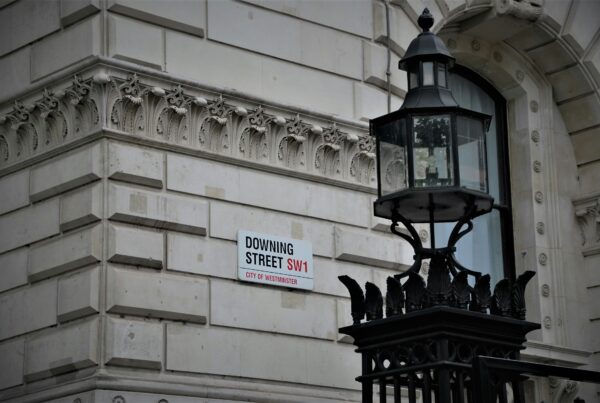Bright Blue, the independent think tank for liberal conservatism, is conducting a call for written evidence to inform the development of a report exploring new ideas to mature the market for ultra low emission vehicles in the UK.
The written evidence which Bright Blue receives will make a vital contribution to our policy formulation and will inform a final report which is likely to be published in Autumn 2020.
The latest progress report from the Committee on Climate Change shows that the UK is not on track to achieving its net zero 2050 target. Surface transport accounted for 24% of 2019 emissions.
Ultra low emission vehicles (ULEVs) will play a critical role in decarbonising transport, yet the market for ULEVs remains nascent. There are now over 200,000 ULEVs on the road, but this remains a relatively small figure when considering the total number of vehicles on UK roads is in excess of 37 million. ULEV sales have been trending in the right direction in recent years, but their uptake remains too slow to decarbonise transport in the time frame required in order to satisfy our net zero 2050 commitment.
Bright Blue’s report is examining the demand and supply side constraints to ULEV uptake and putting forward new policies to catalyse and mature the market for ULEVs in the UK.
All submissions should be sent to Patrick Hall (patrick@brightblue.org.uk) by Friday 14th August, 2020 at 18:00. Respondents should not feel obligated to answer every question – only the ones relevant to their field of expertise. The key questions that we would like submissions for written evidence to answer are as follows:
- How important is fully electrifying private transport to achieving net-zero by 2050?
- What are the key demand-side constraints to the uptake of ULEVs?
- What are the key supply-side constraints to the uptake of ULEVs?
- What types of policy interventions are required to catalyse the ULEV market?
- What are the policy recommendations that would help mature the ULEV market?




